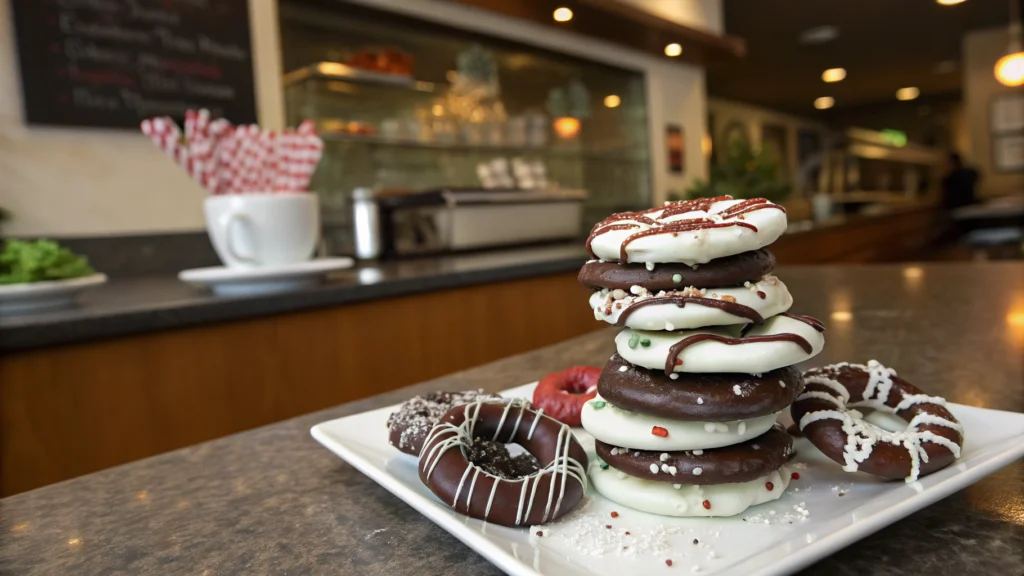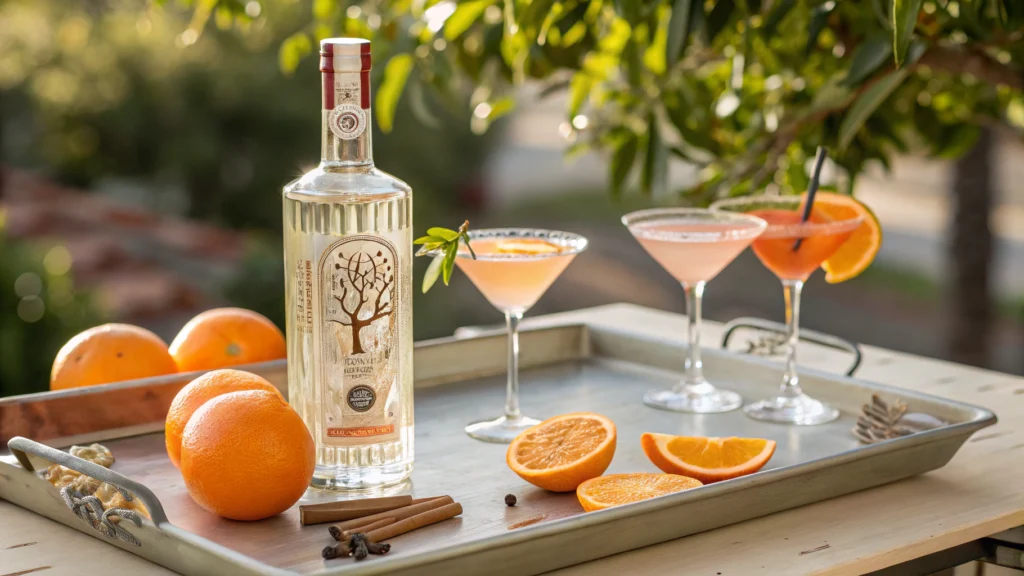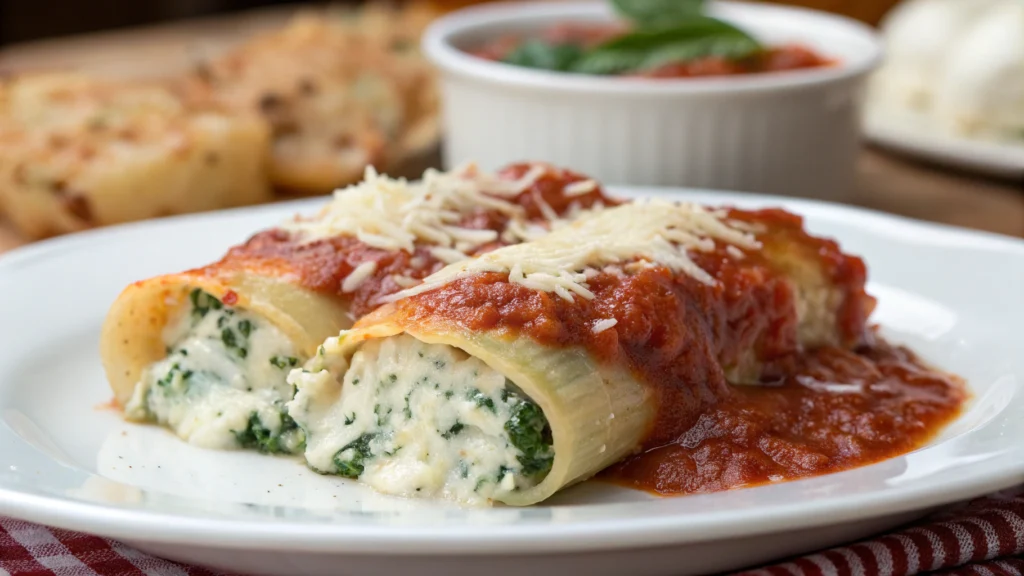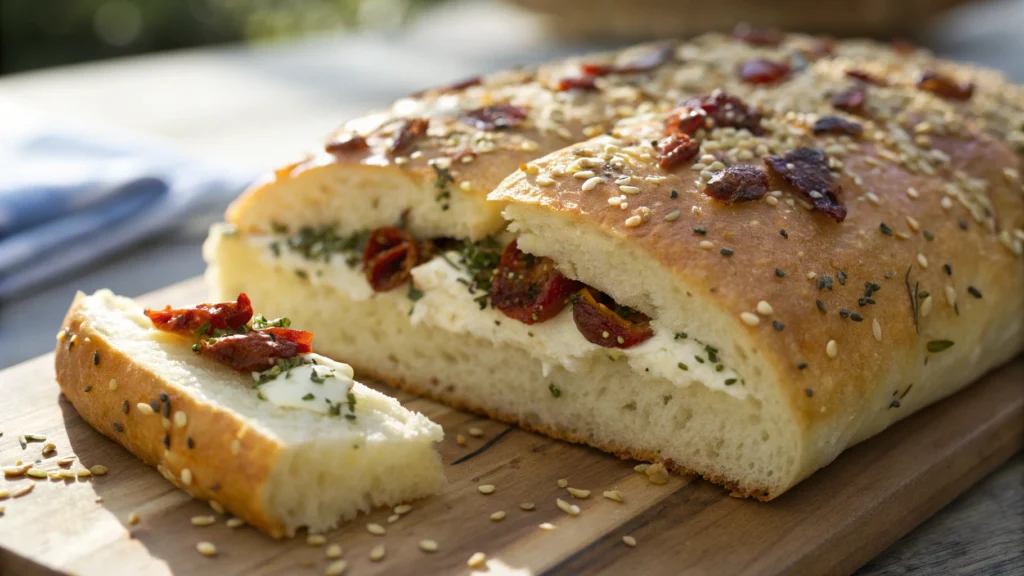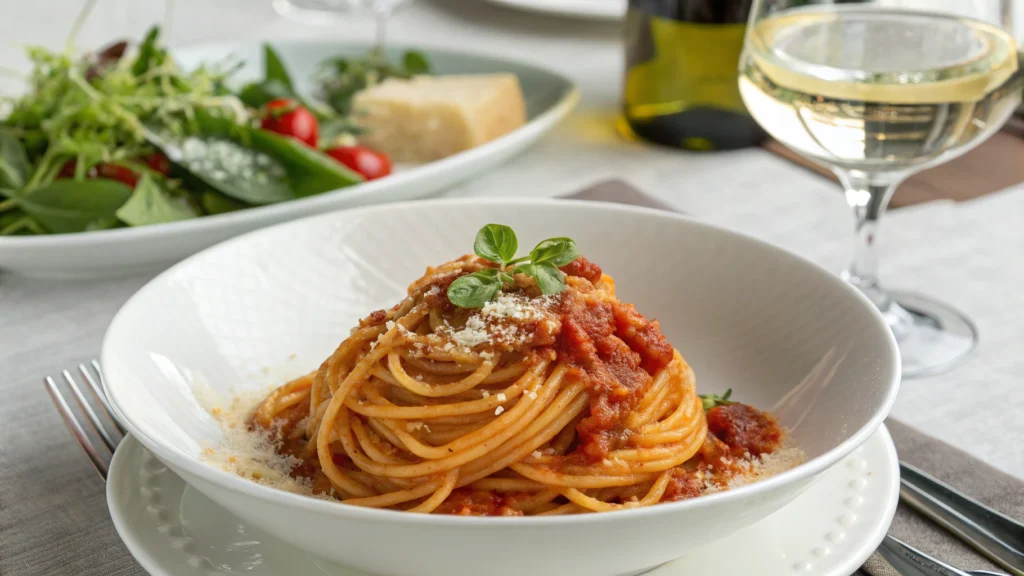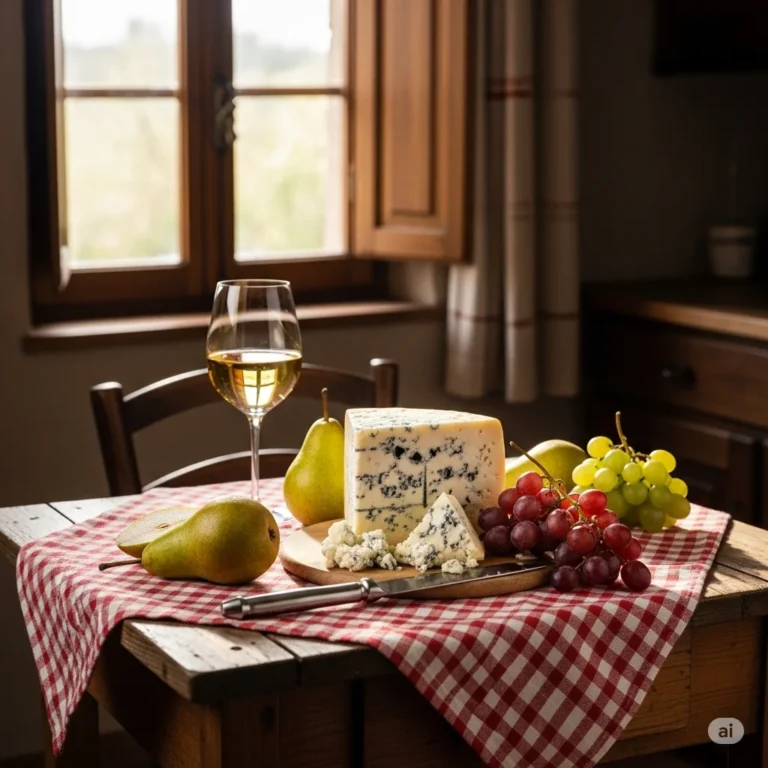
What’s the Deal with Gorgonzola Cheese?
Quick Intro to This Funky Cheese
Alright, picture this: a creamy, slightly stinky cheese with these cool blue-green veins running through it. That’s Gorgonzola cheese, my friend! It’s like the rock star of blue cheeses, straight from Italy. It’s got this bold, tangy vibe that makes you go, “Whoa, what’s in my mouth?” Whether you’re smearing it on bread or tossing it in a dish, Gorgonzola cheese is a total game-changer.
Why It’s a Big Deal in Foodie Land
This cheese isn’t just for fancy restaurants, okay? It’s the kind of thing you’ll find at a cozy Italian joint or even your buddy’s charcuterie board when they’re trying to impress you. Gorgonzola cheese can make a boring salad sing or turn a pizza into something you’d write home about. It’s versatile, it’s fun, and it’s basically the life of the culinary party.
Where Gorgonzola Came From
Its Italian Hometown Roots
So, Gorgonzola cheese got its start in a little town called—you guessed it—Gorgonzola, near Milan. Word on the street is it showed up around the 9th century when some cheese accidentally got moldy in a good way. The lush fields around there were perfect for happy cows, which meant awesome milk for making Gorgonzola cheese. It’s like Italy said, “Let’s make something epic,” and they nailed it.
How It Became a Cheese Legend
Fast forward a bit, and this cheese went from a local fave to a total superstar. Medieval monks tweaked how it was aged, making it even tastier. By the 20th century, Gorgonzola cheese got this fancy “protected” status, so only the real deal from certain Italian spots can call itself Gorgonzola. It’s like the cheese version of a VIP pass.
How They Make This Stuff
Basic Ingredients (Nothing Fancy)
Making Gorgonzola cheese isn’t rocket science. You start with cow’s milk, add some rennet to make it curdle, and sprinkle in a bit of salt. The milk’s gotta be top-notch, coming from Italy’s cow country. That’s the base for Gorgonzola cheese, and it’s all about keeping it simple but high-quality.
That Blue Mold Magic
Here’s where it gets wild: they add this special mold called Penicillium (don’t worry, it’s the good kind). They poke holes in the cheese to let the mold do its thing, spreading those blue veins that make Gorgonzola cheese look like a piece of art. It’s like the cheese is saying, “Check out my cool tattoos!” That mold’s what gives it that punchy flavor.
Aging It Like a Fine Wine
Then, they let Gorgonzola cheese chill in caves—not actual caves, but special rooms—for a while. The “Dolce” kind hangs out for a couple of months and stays soft and sweet. The “Piccante” version ages longer, getting crumbly and in-your-face bold. It’s like aging a rockstar to make sure they’ve got all the swagger.
Two Kinds of Gorgonzola
The Chill, Creamy Dolce
Gorgonzola Dolce is the laid-back cousin. It’s super creamy, almost like frosting, with a sweet, mild flavor that’s got just a hint of spice. It’s perfect if you’re new to blue cheese or just want something that doesn’t punch you in the taste buds. Smear some Gorgonzola cheese Dolce on a cracker with a slice of pear, and you’re living the dream.
The Bold, In-Your-Face Piccante
Now, Gorgonzola Piccante? That’s the wild child. It’s crumbly, sharp, and hits you with a spicy, salty kick that lingers. This one’s for when you’re feeling adventurous or want to impress someone with your cheese game. Toss some Gorgonzola cheese Piccante into a pasta sauce, and it’s like, “Bam! Flavor town.”
What It Tastes and Feels Like
Flavor and Texture Vibes
Gorgonzola cheese is a whole experience. The Dolce version is smooth and creamy, with a sweet-tangy thing going on, maybe a little nutty. Piccante’s got that bold, salty zing that wakes up your taste buds. Texture-wise, it’s either melt-in-your-mouth soft or crumbly like a good cookie. Every bite of Gorgonzola cheese is like a mini adventure.
Looks and Smells (It’s a Bit Wild)
Let’s be real: Gorgonzola cheese looks kinda crazy with those blue-green veins, like it’s ready to star in a sci-fi flick. And the smell? Oh boy, it’s got this earthy, funky vibe—like mushrooms mixed with a hint of “whoa, what’s that?” It’s not shy, but that’s part of its charm.
How to Eat Gorgonzola Like a Pro
Pairing It with Wine or Fruit
Gorgonzola cheese plays nice with others. Try Dolce with a sweet wine like Moscato—it’s like they’re besties. Piccante loves a bold red like Barolo; they’re like the power couple of your cheeseboard. Fruits? Pears, figs, or grapes are your go-to for balancing that richness. It’s like Gorgonzola cheese was born to party with these flavors.
Tossing It in Everyday Dishes
You don’t need to be a chef to have fun with Gorgonzola cheese. Crumble it over a salad for instant fanciness. Melt it into a pasta sauce for a creamy dream. Heck, slap it on a burger, and you’ll never go back to plain cheddar. It’s like the secret weapon of home cooking.
Classic Italian Recipes to Try
In Italy, they’ve got Gorgonzola cheese down to an art. Mix it into polenta for a cozy, creamy dish. Risotto with Gorgonzola? Pure comfort food. And don’t sleep on gnocchi with Gorgonzola sauce—it’s like a warm hug in every bite. These recipes are why Italians are cheese royalty.
Is It Good for You?
What’s in It, Nutrition-Wise
Gorgonzola cheese is a bit of a treat, no lie. A small chunk (like 100 grams) has about 350 calories, tons of protein, and calcium for strong bones. It’s got fats, sure, and a decent amount of sodium, so don’t go wild. There’s also some B12 to keep your energy up. Gorgonzola cheese is delicious, but keep it chill for balance.
Things to Watch Out For
Heads up: Gorgonzola cheese isn’t for everyone all the time. If you’re watching your salt or fat intake, maybe don’t eat a whole wheel. Lactose-intolerant folks might be okay since aging cuts down the lactose, but test it out. Pregnant? Skip it because of the mold. Just know your limits, and you’re golden.
Gorgonzola’s World Tour
How It’s Winning Hearts Globally
Gorgonzola cheese isn’t just Italy’s darling—it’s a global rockstar. In France, it’s giving their blue cheeses a run for their money. In the U.S., you’ll spot it on fancy menus or at your local foodie market. Even in Japan, chefs are obsessed. Gorgonzola cheese is like that friend who’s cool everywhere they go.
Fun Ways Other Countries Use It
The world’s getting creative with Gorgonzola cheese. In America, they’re tossing it on burgers or mixing it into mac and cheese for a gourmet twist. In Japan, it’s paired with miso or veggies for a wild umami combo. It’s like Gorgonzola cheese is saying, “I can hang with any cuisine, no problem.
you may like it
